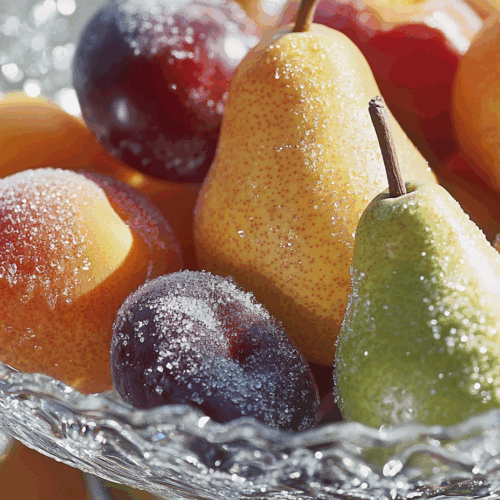John Quincy Adams, the sixth President of the United States, was known for his intellectual prowess and diplomatic skills. However, his tastes in food were quite simple and reflective of his disciplined lifestyle. One of his favorite meals was a fruit bowl, a refreshing and healthy dish that he often enjoyed.
In this post, we’ll delve into the historical context of John Quincy Adams’ life, explore the significance of his favorite meal, and provide a detailed recipe so you can recreate this presidential dish at home.
The Legacy of John Quincy Adams
John Quincy Adams, born on July 11, 1767, in Braintree, Massachusetts, was deeply influenced by his father, John Adams, who was the second President of the United States. From a young age, John Quincy was exposed to the world of politics and diplomacy. He accompanied his father on diplomatic missions to Europe, which laid the foundation for his own career in public service.
Early Life and Diplomatic Career
Adams was a brilliant student, attending Harvard College and later studying law. His early exposure to international diplomacy led to several significant diplomatic roles, including serving as U.S. Minister to the Netherlands, Prussia, Russia, and the United Kingdom. His diplomatic skills were crucial during the negotiation of the Treaty of Ghent, which ended the War of 1812 between the United States and Great Britain.
Secretary of State
Before becoming President, Adams served as the Secretary of State under President James Monroe from 1817 to 1825. During his tenure, he played a pivotal role in shaping American foreign policy. He is credited with authoring the Monroe Doctrine, which asserted that the Western Hemisphere was off-limits to new European colonization and signified a bold statement of American influence in the world. Additionally, Adams was instrumental in acquiring Florida from Spain through the Adams-Onís Treaty.
Presidency (1825-1829)
John Quincy Adams’ presidency was marked by his vision of modernization and national improvement. Elected in a highly contentious election in 1824, where no candidate won a majority of the electoral vote, Adams was chosen as President by the House of Representatives in what was later dubbed the “Corrupt Bargain” by his opponents.
Domestic Policies and Vision
Adams had ambitious plans for the nation’s development. He advocated for:
- Internal Improvements: Adams proposed an extensive federal investment program in infrastructure, including roads, canals, and even a national university. He believed that improving the nation’s transportation network was crucial for economic growth and national unity.
- Scientific Advancements: He supported the establishment of a national observatory and promoted scientific research and education.
- Native American Policy: Adams took a relatively progressive stance on Native American affairs for his time, opposing the displacement of Native American tribes from their ancestral lands.
Challenges and Opposition
Adams faced significant opposition from Congress, particularly from supporters of Andrew Jackson, who saw Adams’ election as illegitimate. His inability to garner congressional support for many of his initiatives led to a largely unproductive presidency in terms of legislative achievements.
Post-Presidency
After losing his bid for re-election to Andrew Jackson in 1828, Adams did not retire from public service. Instead, he served in the House of Representatives for 17 years, where he became a powerful voice against slavery and a staunch advocate for civil liberties.
His passionate opposition to the “gag rule,” which prevented the discussion of slavery in the House, and his defense of the Amistad captives, further cemented his legacy as a champion for human rights.
Adams’ dedication to public service continued until his death on February 23, 1848. He collapsed on the floor of the House of Representatives and passed away shortly thereafter, leaving behind a legacy of integrity, intellectual rigor, and an unwavering commitment to his principles.
The Simplicity of a Fruit Bowl
John Quincy Adams was a man of simple tastes, and this was reflected in his diet. One of his favorite meals was a fruit bowl, which he enjoyed for its freshness and nutritional value. The fruit bowl was not just a meal but a reflection of Adams’ disciplined approach to life and his appreciation for natural, wholesome foods found directly on his Braintree farm.
If you’re enjoying my work, consider checking out Eats History Shop for my e-cookbooks!

John Quincy Adams’ Fruit Bowl
Ingredients
- 1 apple cored and sliced
- 1 pear cored and sliced
- 4-5 apricot or plum slices
- 1 tbsp lemon juice
- 1 tsp white sugar optional
Instructions
- In a small bowl, combine the sliced apple, pear, and apricot/plum slices.
- Sprinkle with lemon juice to prevent browning.
- If desired, lightly sprinkle with white sugar to enhance the natural sweetness of the fruits.
- Gently toss to coat the fruit evenly.
- Serve chilled or at room temperature.